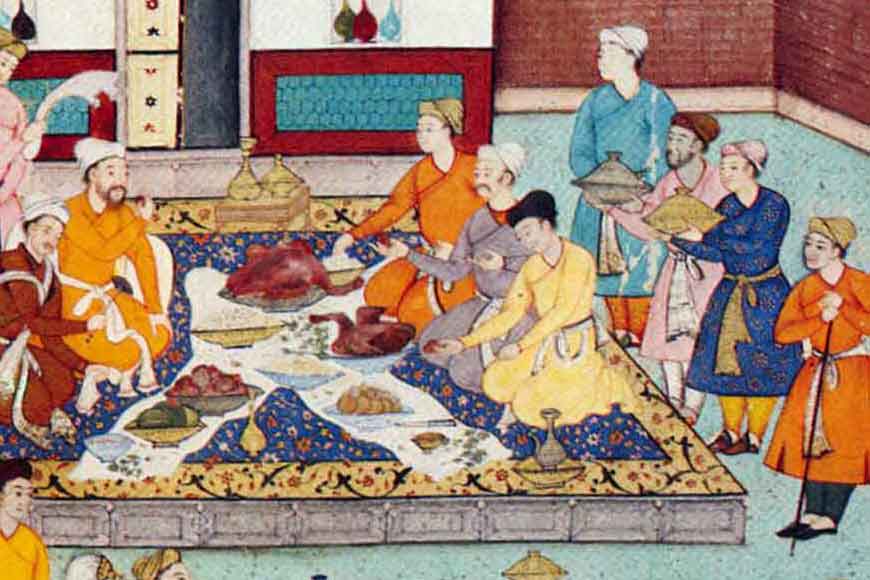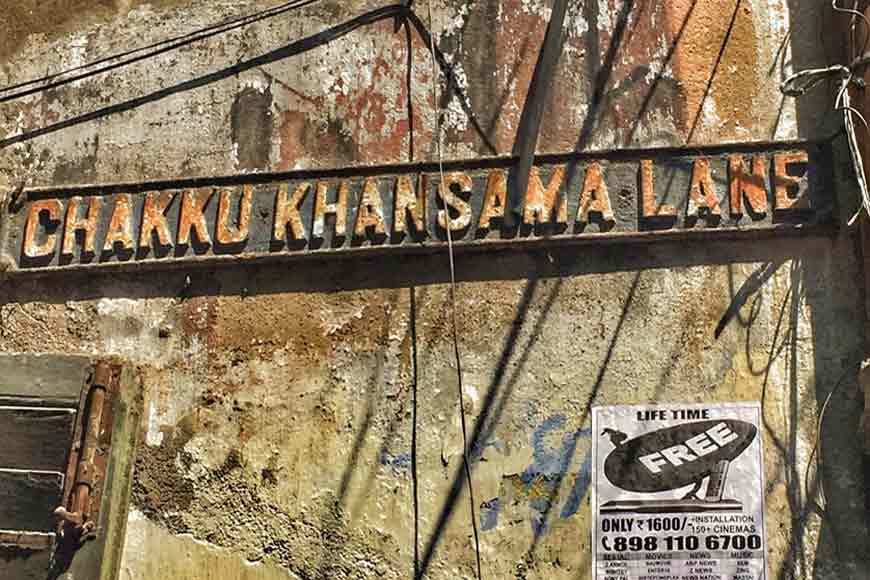Famous Khansamas of Kolkata and roads named in their honour - GetBengal story

The City of Joy attracts many to its charm and beauty, but many are also drawn by the unique names of the roads here. One would often come across roads like Lenin Sarani, Ho Chi Minh Sarani and so on. Not only revolutionary leaders, interestingly, Kolkata has roads which are named after cooks and Khansamas. Most cities name their roads after important personalities or based on the location. Kolkata highlights its cooks as they are also an important part of our society. Bengalis are known for their taste preferences and for being foodies or “Khaddo-roshiks” as well. Turns out that Bengalis to some extent were encouraged in this food journey by Nawabs and the British who were great food enthusiasts themselves.
The meaning of the Persian word 'Khansama' in Bengali, is an attendant who serves food, but in the society of the old Calcutta gentlemen, Khansama meant a cook, that is, in charge of a food outlet or kitchen. The street director has found out that there are 9 streets named after Khansamas- Chaku Khansama Lane in Sealdah, Nimu Khansama near Calcutta Medical College (Eden Hospital Lane now), Pnaachu Khansama Lane at Raja Rammohan Roy Sarani (now known as Debendra Mukherjee Row), Chamru Khansama Lane in Park Circus, Misri Khansama (now known as Marquis Lane), Karim Bux Khansama Lane at Taltala (now known as Karim Bux Lane), Gadai Khansama Lane of Ripon Street (now Elliot Lane), Piru Khansama Lane in Chitpur (now Turner Road), and Miyanjaan Khansama Lane near Taltala (now called Nawab Abdur Rahman Street).
 The streets of Kolkata named after famous Khansamas
The streets of Kolkata named after famous Khansamas
The Nawabs revered the Bawarchi or Khansamas who had to satisfy the taste buds of the Sultans and Nawabs and not only during times of peace. When the Sultans went to war, they took arms and ammunitions, elephants, horses and with them went huge cooking utensils and the Khansamas. While on the way, they could make delicious dishes with limited ingredients and that gave strength and life to the army men which in turn gave them the motivation to win. It is believed that such Khansamas are the ones who first cooked Biryani, one of the most famous delicacies of the Nawabs. The Khansamas often belonged to Sheikh or Pathan communities. They could innovate instantly with whatever ingredients they found and made delicious dishes within a limited time. It is said that the seekh kebab, which many think derived its name from the skewers used in roasting the meat, was named after Sheikh Shahnawaz, the Khansama of Nawab Siraj-ud-Daulah. Shahnawaz is said to have invented the dish for his master.
The lifestyle enjoyed by the Nawabs was rather luxurious which influenced the British to follow such a lifestyle of comfort. After the Battle of Plassey and the fall of the Nawabs, the native Europeans of the East India Company started employing servants for different jobs such as Bawarchi, Khidmatgar, Masalchi, Zamadar, Behara, Bhisti, darwan, hukabardar, tailors, gardeners and so on. The chefs became very important during this time. They were the head servants of the British household and that was the highest designation. The Khansama was responsible for employing the other employees of the household. All purchases in the British family were made through Khansamas and they took commissions from the goods that were bought and from the shops too. The Khansamas were paid extra for a job well done.
The Khansamas were paid 10 to 16 rupees and they often took commission from other employees. They were so well off, that they could buy big houses and often used to do charity to become famous. For such a good name, the British government named the roads after them. Some Khansamas could surpass their employers and create a better personality for themselves. This is how their names continue through generations till even today. The demand for the Khansamas was because of their fast adaptability to multiple cuisines and their innovations which they could make by mixing different cuisines. They added an Indian touch to the bland dishes. Without a Khansama, the British kitchen would have been incomplete. Sheikh Karim Bux, for example, was employed in the kitchen of Governor General Lord Dalhousie in 1848. He then went on to serve seven others as head Khansama including Lord Minto. Acknowledging the service of Karim Bux, Minto got an oil portrait made and installed it beside the staircase in the northeast corner of Governor House.
The neighbourhood of present-day Mudiali used to be the residence of most Khansamas, hence was known as Khansama para. Many got fame, success and acquired enough wealth to move to other parts of the city. Chamru Khansama Lane was named after Chamru Khansama, who was known for his biryani and Mughlai dishes and moved from Khansama Para to Park Circus. Kolkata has always been a safe haven for the skilled workers, be it Khansama or chefs, tailors or ostagars. Kolkata knew how to appreciate each and every job and no skill was considered to be lower in ranks.











